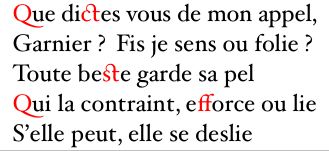It may be an understatement to characterize my affection for LaTeX

It’s right about now that many people reading this blog (hi friends and family) think I’m talking about a synthetic material. I’m not. I’m talking about the greatest document typesetting application in the world:

These days, LaTeX is experiencing renewed interest due to a clever mash-up with the simple markup language MultiMarkdown.
For those that don’t know, TeX is a typesetting program originally developed by Donald Knuth back in the day to reduce friction when producing technical documents with mathematics. The simplest way I know to summarize TeX is this: you program your document in plain text using the TeX markup language and compile directly into pdf.
Why would you want to do that? The goal here is clear: focus on writing (not formatting) when you are writing. LaTeX allows for beautiful typography
If you are heavily entrenched in a Microsoft Word
I now use LaTeX for almost everything: my thesis, reports, presentations, articles, CV, letters, be-right-back door signs, exams, technical notes–essentially any document conforming to the paper metaphor. I even installed the Computer Modern font family on all my computers for those unfortunate circumstance when I do have to open MS Word–it helps it feel a bit less alien.
Anyway, all this recent publicity got me thinking about how I originally learned LaTeX. I think I’ll share the process I went through in the next post for anyone interested.
-
This, of course, is farcical. ↩
-
MultiMarkdown: http://fletcherpenney.net/multimarkdown/ ↩
-
See Dario Taraborelli’s The Beauty of LaTeX ↩
-
John D. Cook (@TeXtip): Contrasting Microsoft Word and Latex ↩